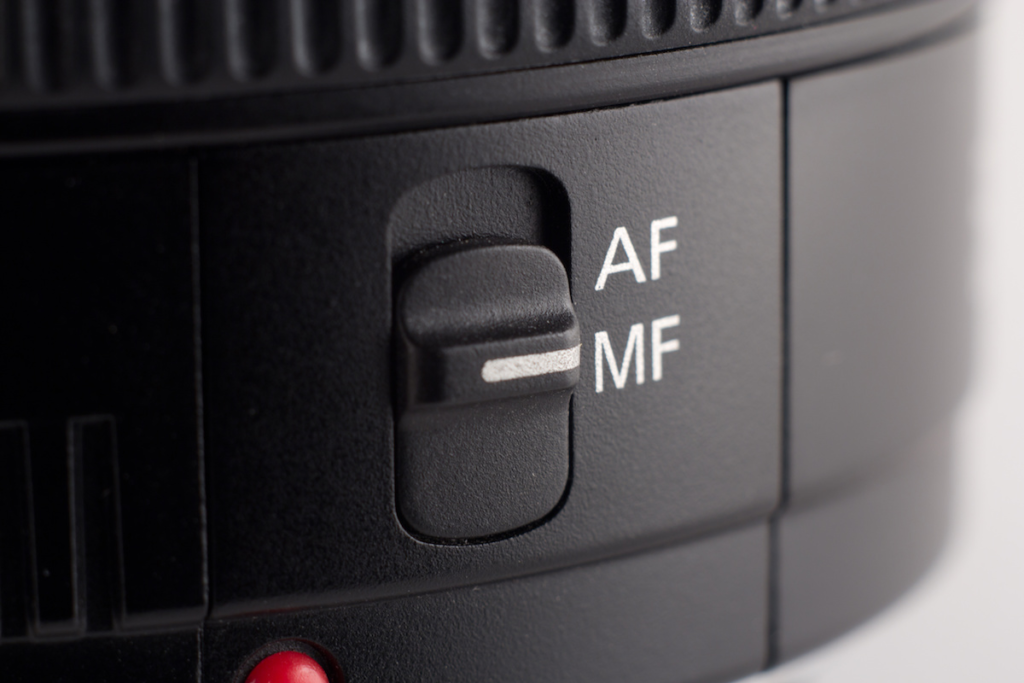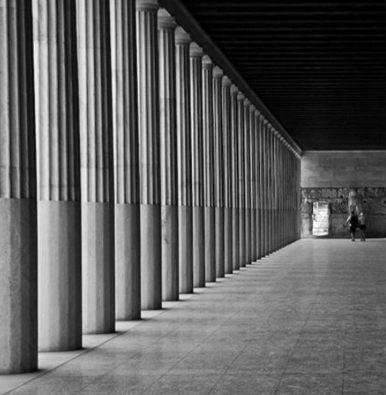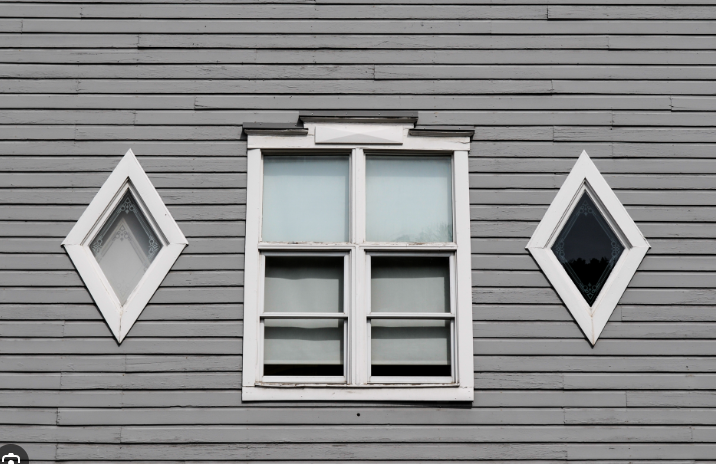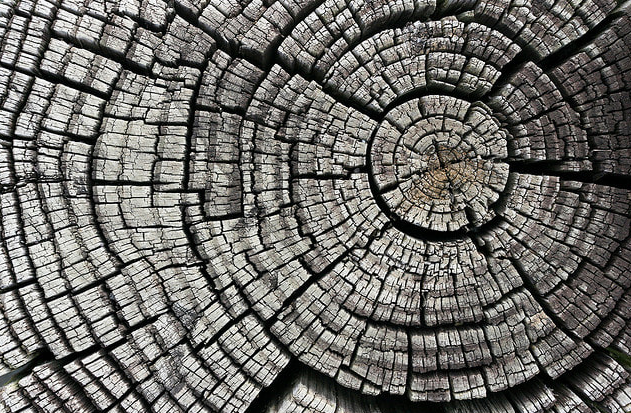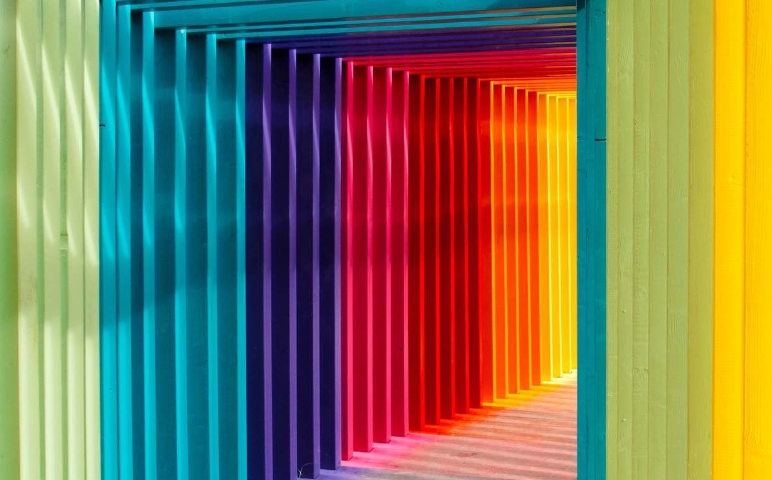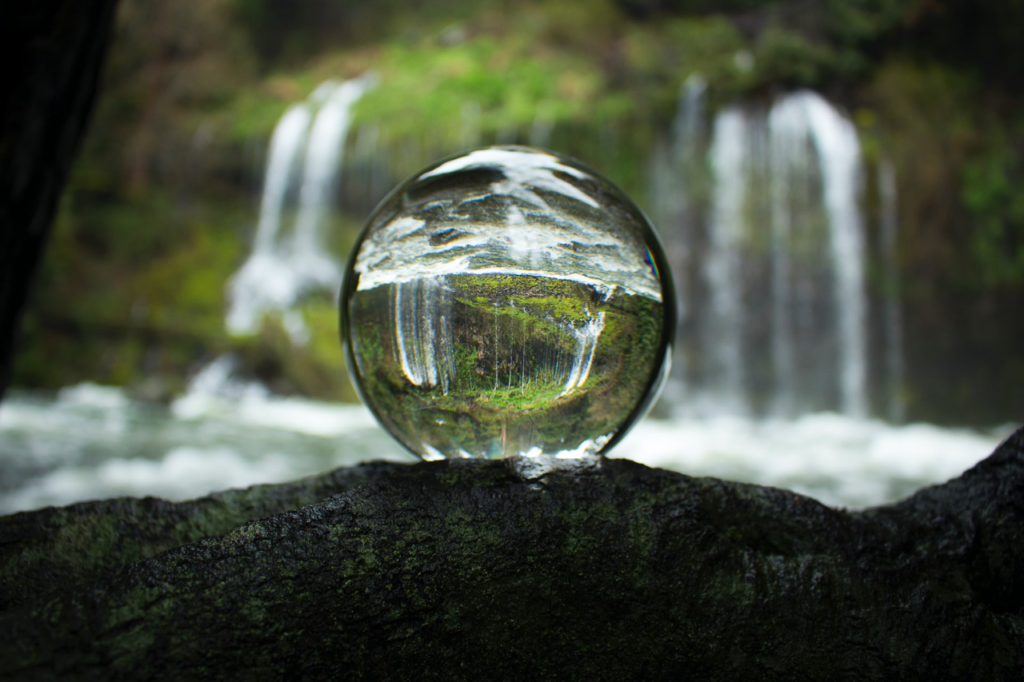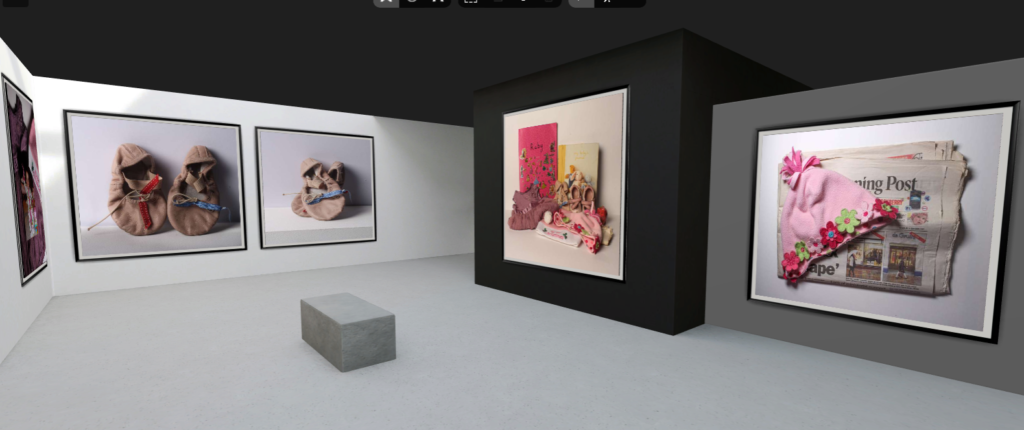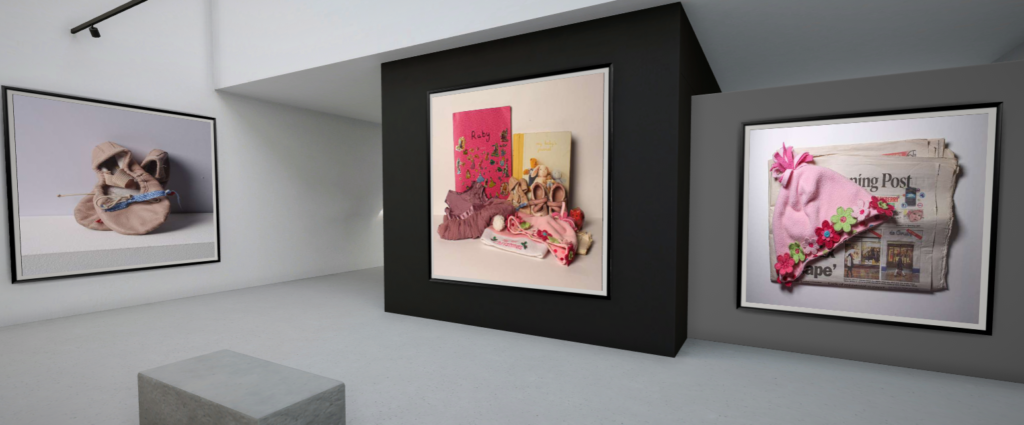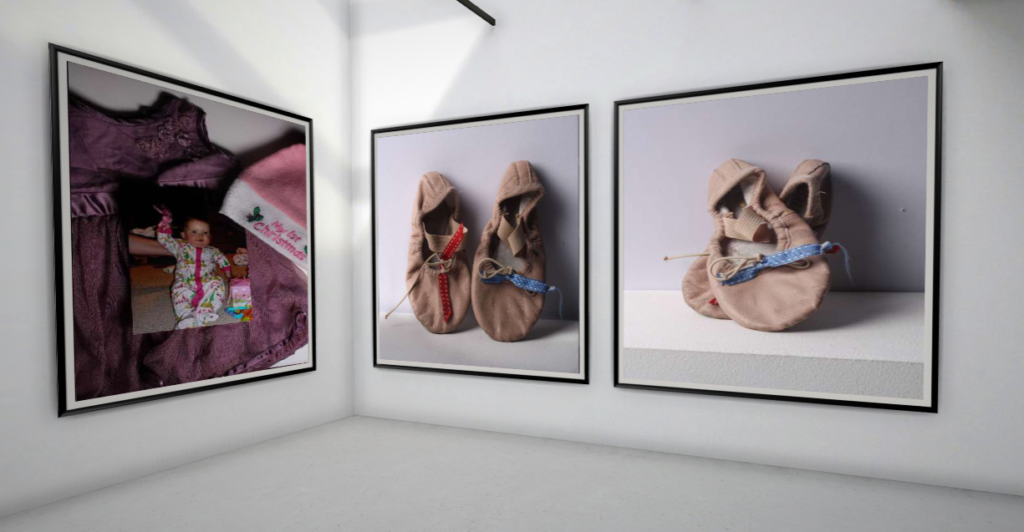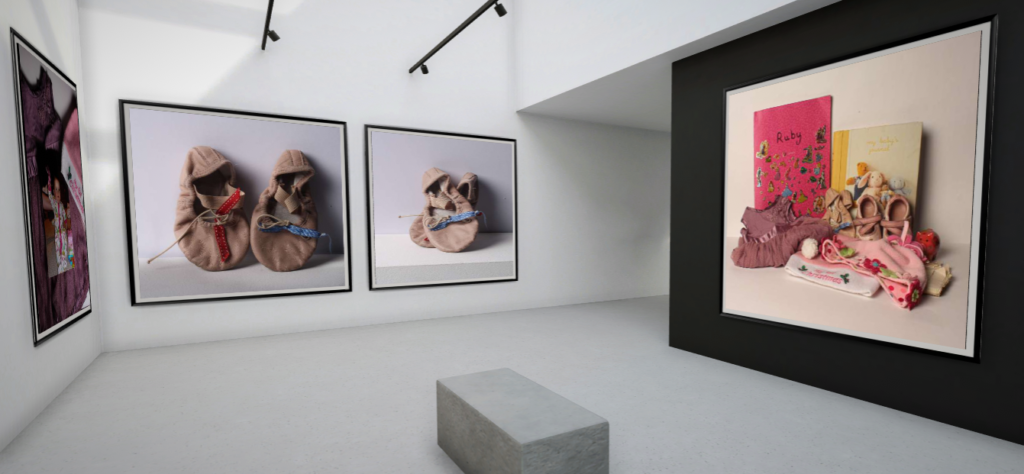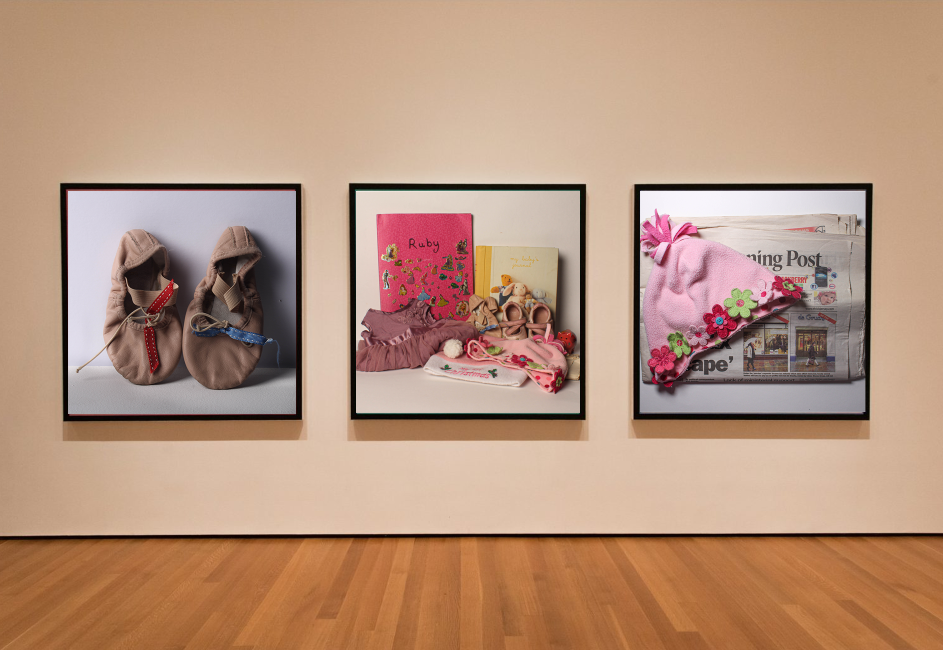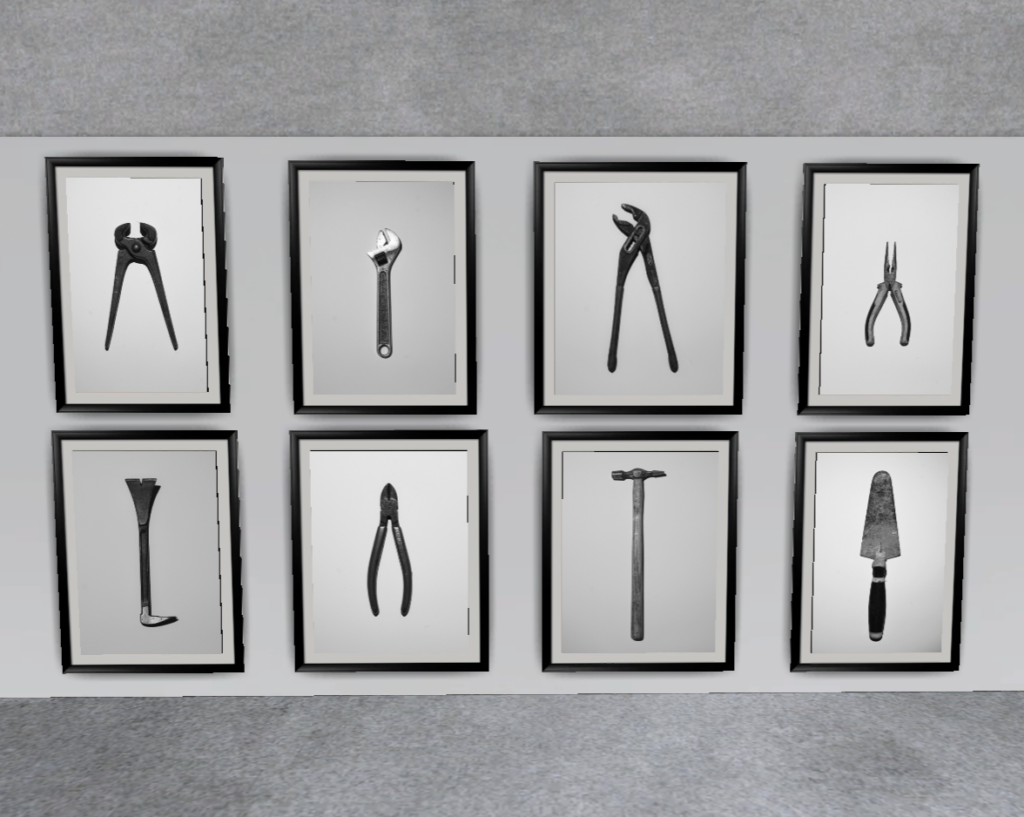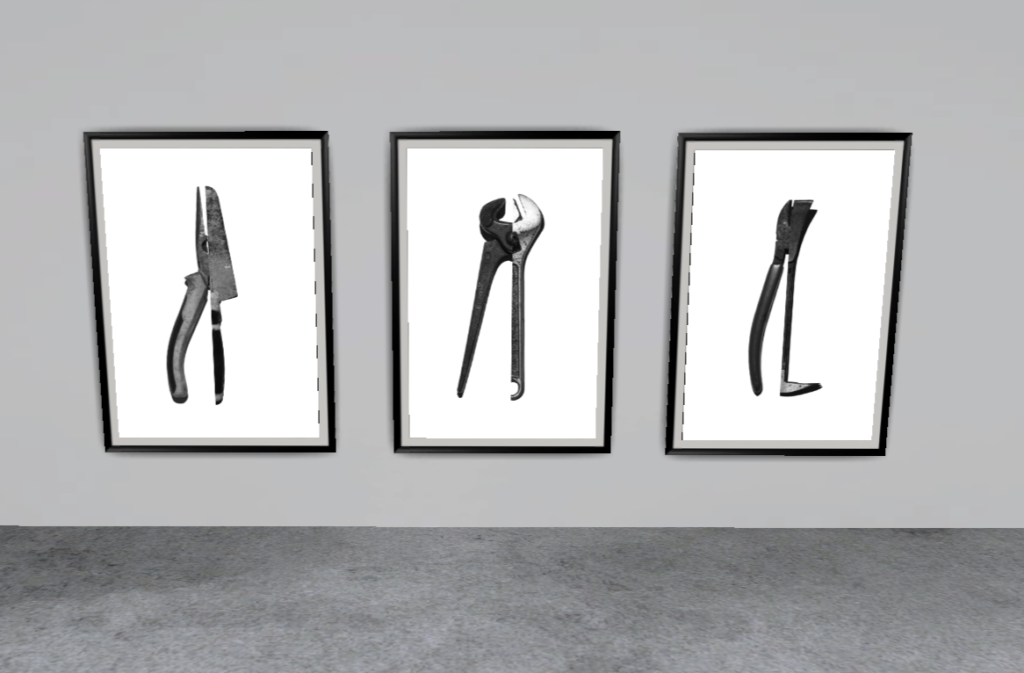What is formalism?
formalism is an approach to art that focuses on the formal elements, like colour, shape, and composition. It emphasises the aesthetic qualities of artwork.
The seven basic elements to Photography
Line
In photography, the basic element of a line refers to the visible lines or edges within an image. lines can be straight or curved, horizontal or vertical, and they can create a sense of movement or lead the viewers eye through the photo.
lines in photography can have many affects on the viewer’s emotion. In this photo the mix of diagonal lines creating two triangles is giving a dangerous, dynamism and tension.
On the other hand in this photo there are vertical lines can evoke a sense of strength or height. and in this photo it clearly shows both.
Shape
in photography shape refers to the visual form or outline of objects within an image. It can be geometric, organic, or abstract.
because this photo has more geometric shapes, it creates a sense of stability and order. they are also a little more abstract geometric shapes which can evoke a sense of mystery and curiosity to the viewer.
Form
The basic element of forms refers to the three-dimensional appearance of object captured in a photo. It adds depth, volume, and texture to the image, making it more lifelike and tangible. Form can be conveyed through light and shadow, perspective, and the arrangement of objects in the frame. It helps create a sense of realism and presence.
form can have a profound impact on people, it adds depth and dimension, making the image more engaging and immersive. This image creates a tactical experience as peoples may feel drawn to the textures and shadows detail captured.
Texture
Texture refers to the visual and tactile quality of surfaces captured in an image. it adds depth and dimension, allowing viewers to perceive the texture of different objects or subjects, texture can range from smooth and soft to rough and gritty, and it can greatly enhance the overall visual impact of a photograph. By highlighting the texture, photographers can create a more immersive and engaging experience for the viewer.
Texture really can effect viewers emotions, as in this picture there is rough and bumpy texture from all the lines in the wood that one would almost be able to feel, a rough texture like this photo can create a sense of ruggedness or intensity.
Colour
Colours are a vital role in photography. They can covey different moods and emotions.
The warm bright colours in this photo like the red and yellow can evoke feelings of energy and happiness, and even though there are cooler colours they are bright and give a feeling of calmness but peaceful and happy.
Size
Size refers to the relative proportions and scale of objects within a composition. size in photography is relative and can be an illusion.
it creates a sense of depth, and can convey a certain mood. for example in this photo there is man angled to look small compared to the massive lighthouse behind him as well as the railings. it gives an effect of intimacy or vulnerability while the large objects evoke commanding attention.
Depth
Depth refers to the perception of distance and three-dimensional in an image. It adds a sense of space and can a photo feel more immersive. Techniques like using a wide aperture to create shallow depth of field or including foreground, middle ground, and background elements can enhance the sense of depth in a photograph.
depth in photography can make viewers feel like they are part of a scene, creating a sense of immersion and realism. it can also add visual interest and make the image more dynamic, drawing the viewers eye into the different layers of the composition. By creating a sense of depth, photography can evoke emotions such as wonder, curiosity, and a feeling of being transported to another pace, which i think this photo fits well.















